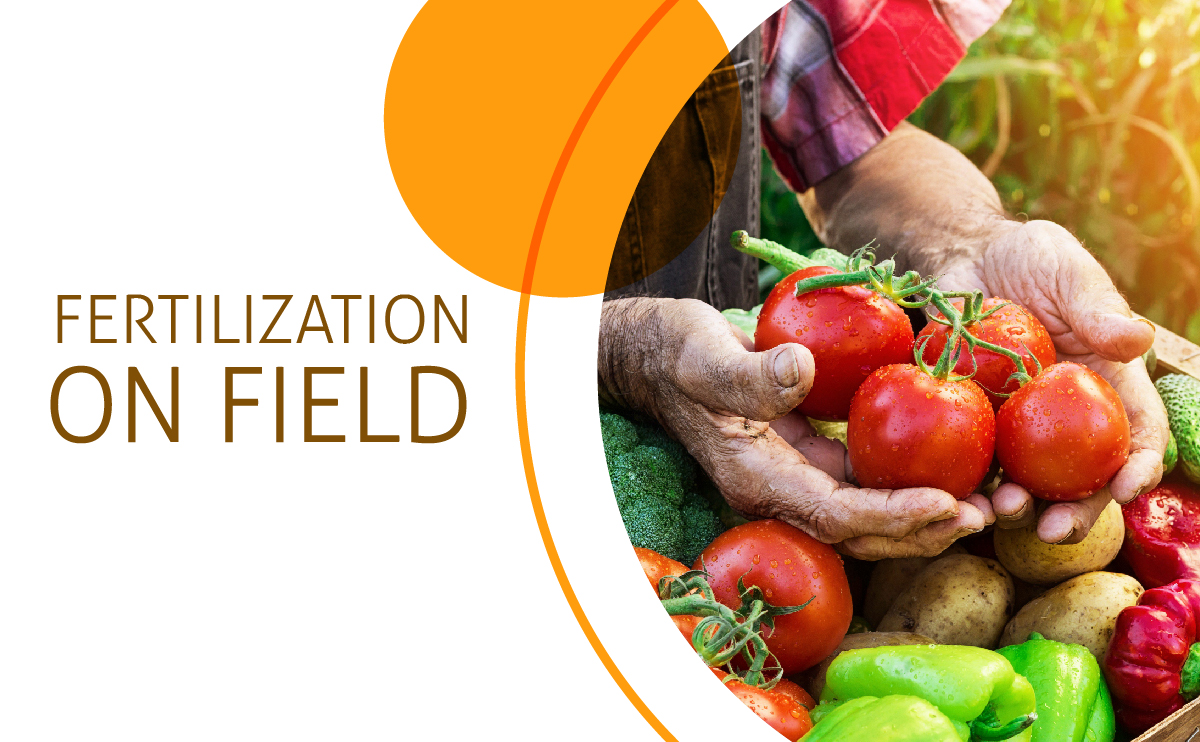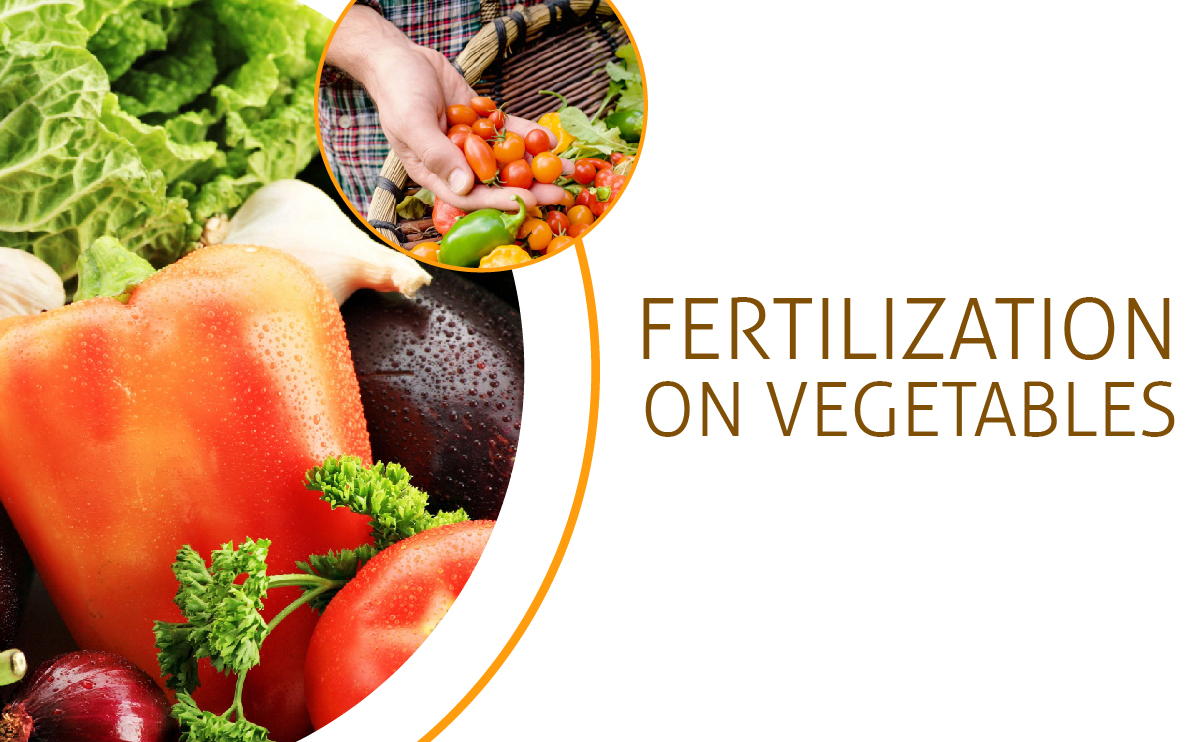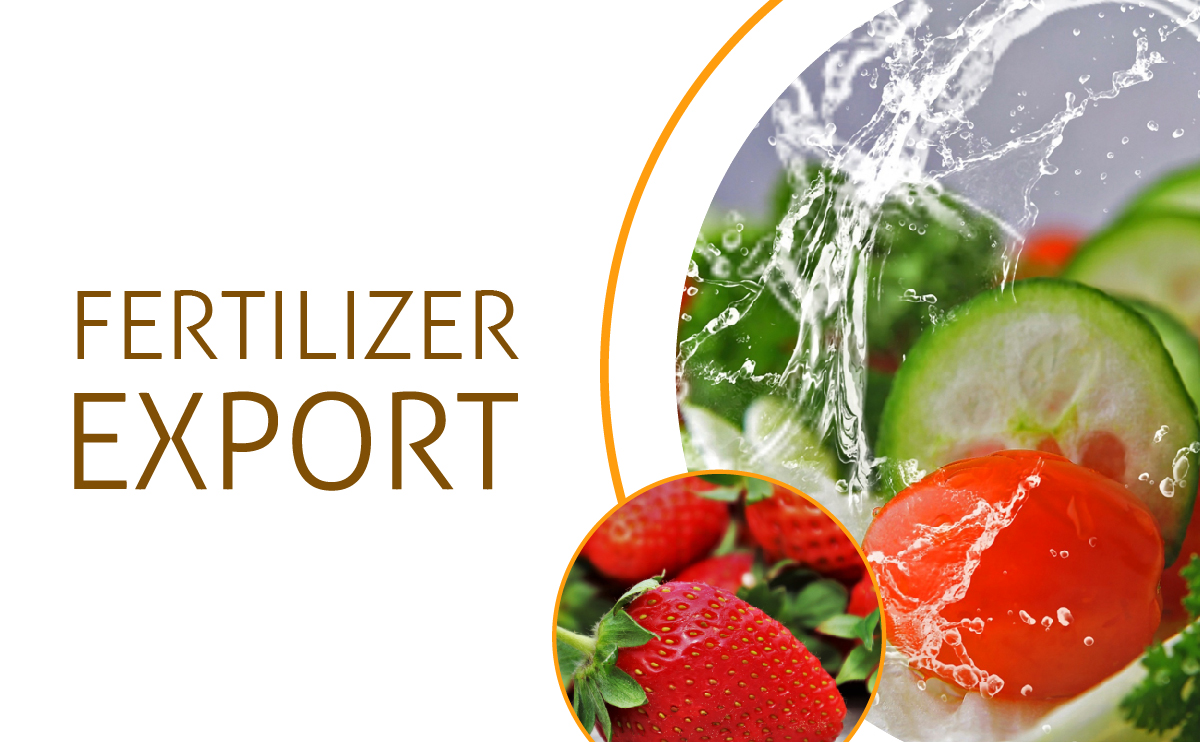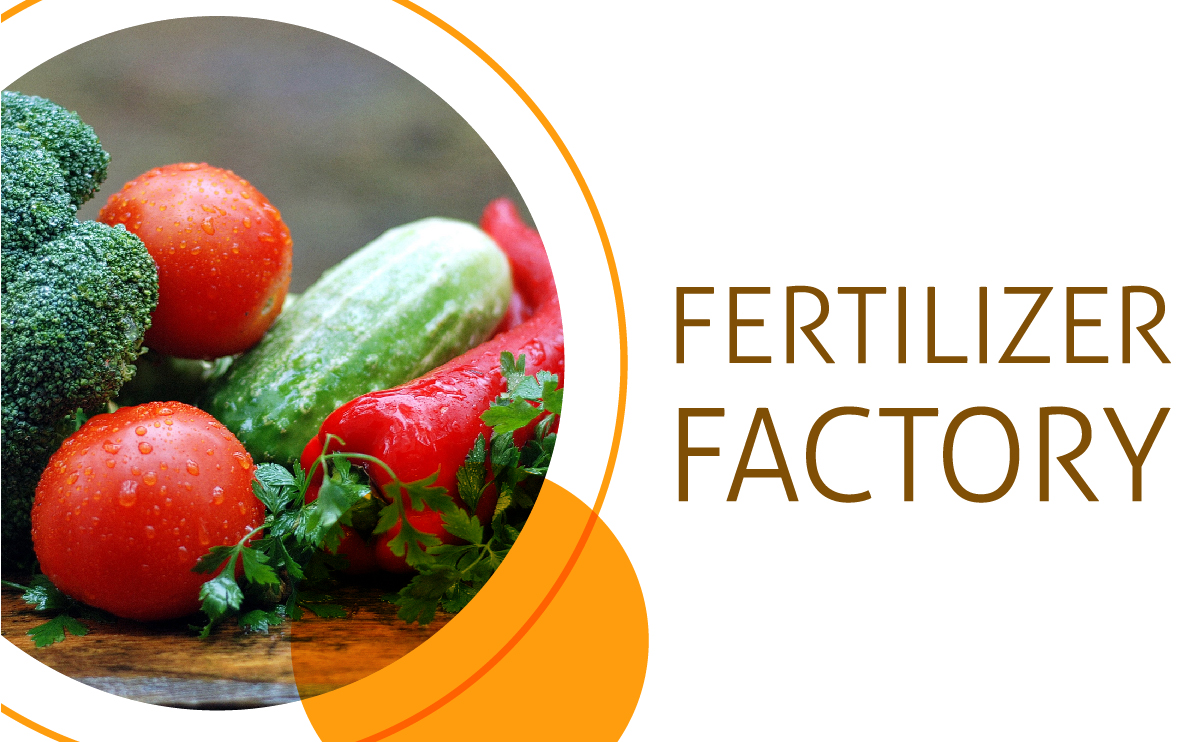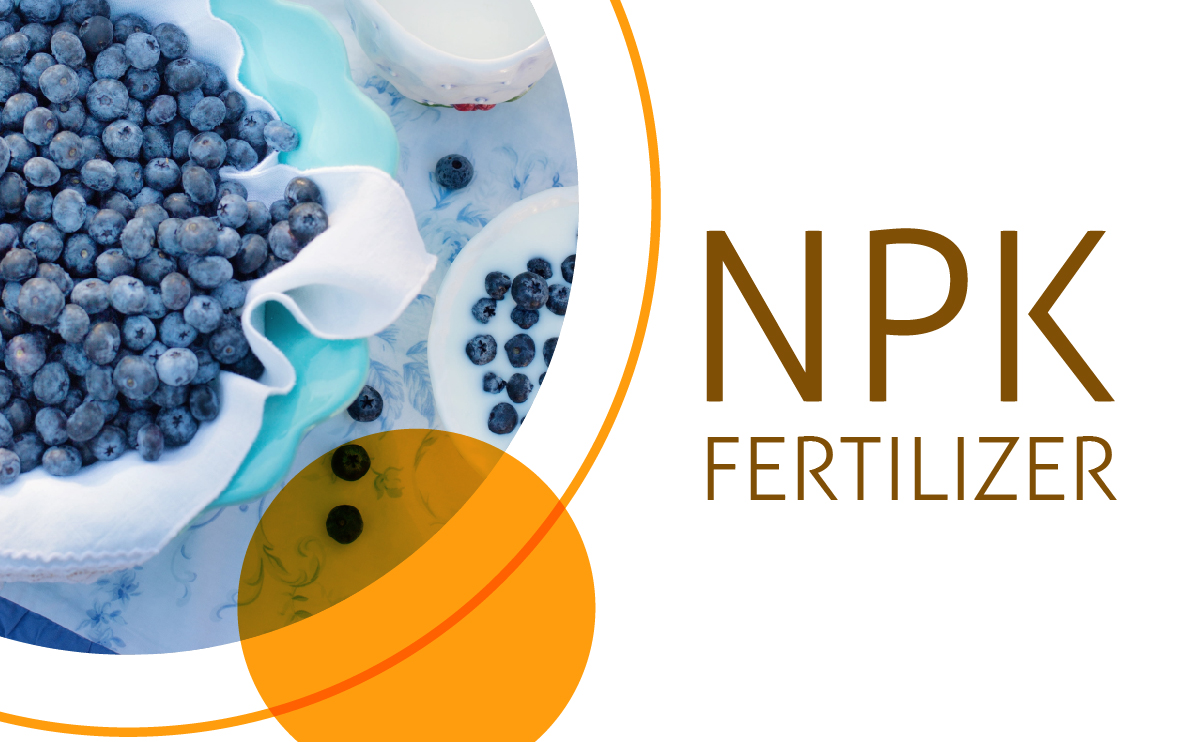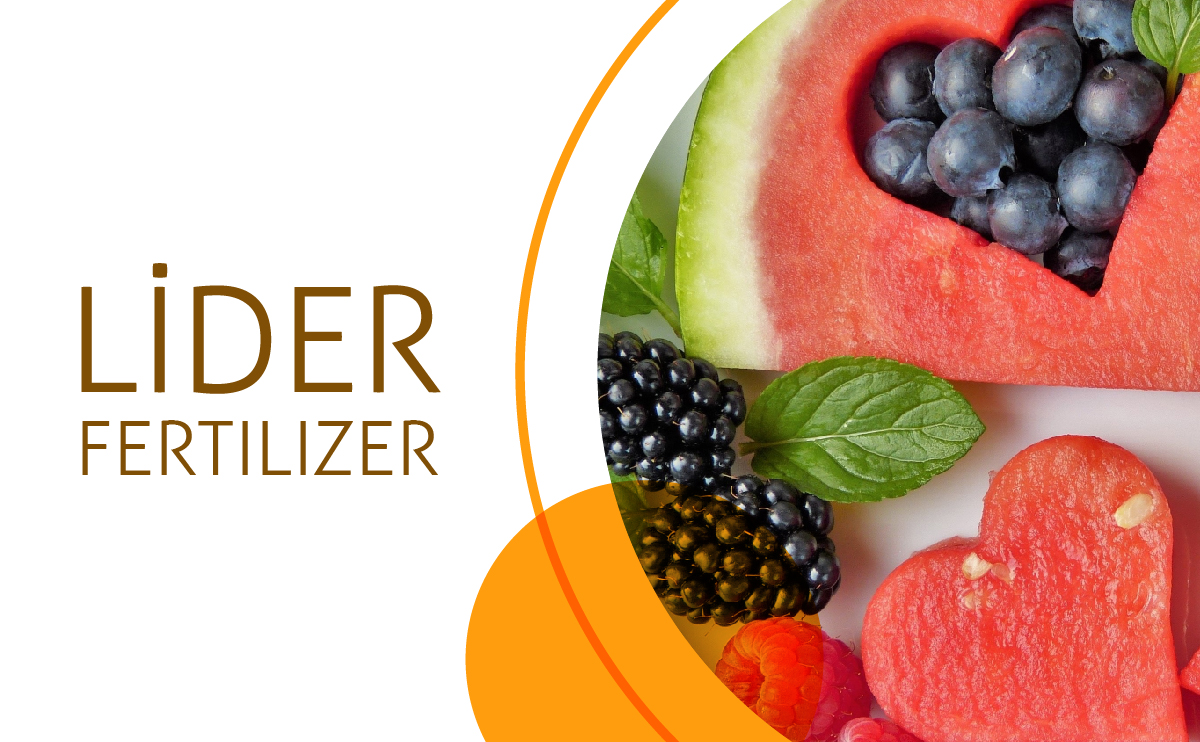FERTILIZATION ON FRUIT TREE
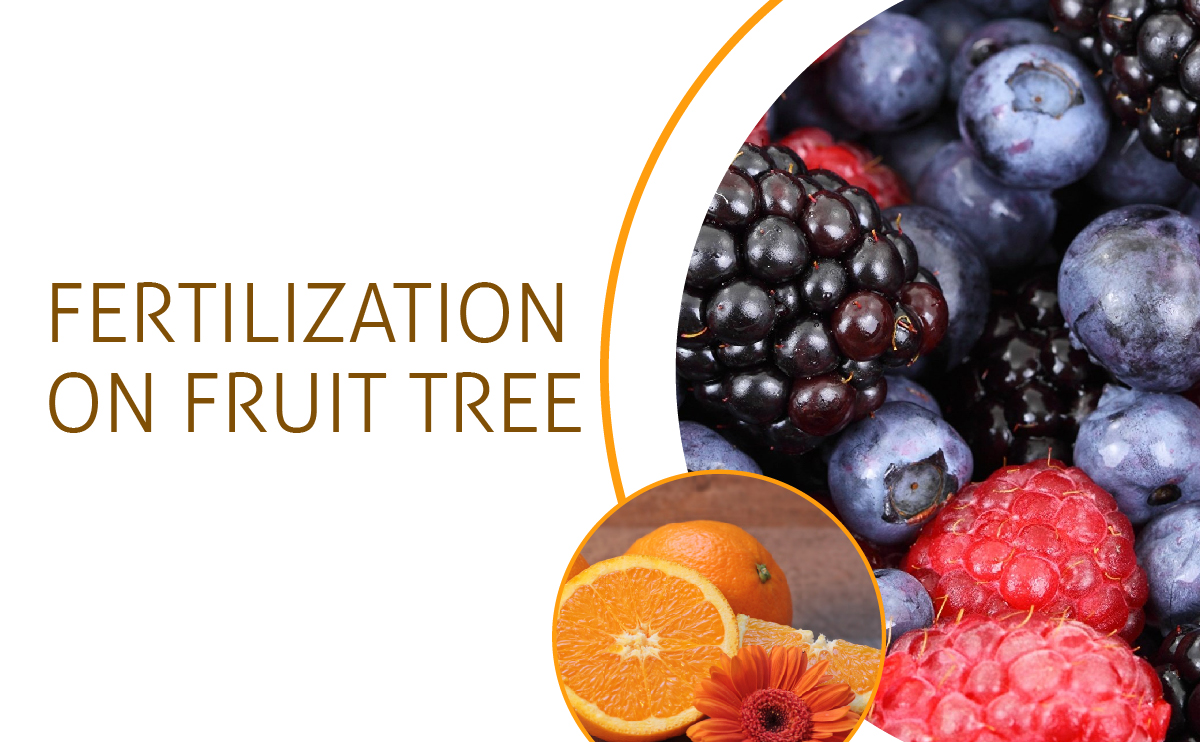
Fertilization is one of the indispensable applications of fruit growing. Fertilization is essential to ensure adequate growth and yield from fruit trees. Fruit trees remove significant amounts of nutrients from the soil annually. If these removed nutrients cannot be substituted, some nutritional disorders and yield decreases are seen in the trees. In order to prevent this situation, sufficient supplements should be made from the necessary nutrients. In fertilization, it is necessary to pay attention to the nutrient balance, as well as to give the plants as much fertilizer as they need. One of the most important criteria in determining whether fruit trees are fed adequately and balancedly is shoot length. Table 1 shows the amount of shoot growth that should be under suitable feeding conditions in some fruit trees. In other words, it is not desirable to grow more or less than the specified amounts. However, the nutrient element levels in both the soil and the plant should be constantly determined by soil and plant analysis, that shoot length is not a measure alone.
Plants’ nutrient uptake organs are primarily roots. Although limited, there may be nutrient input from above-ground parts. However, the intake of nutrients from these above-ground organs is far from meeting the plant’s needs (especially in macronutrients and nutrients that the plant needs most).
In order for the plant to absorb nutrients from the root, it must first have a good root system. Plants take in water and nutrients through their capillary roots. In this way, a plant with good hairy roots will have easier nutrient intake. In addition, the soil structure and the amount of water in the environment are also effective in nutrient uptake. On the other hand, the uptake of nutrients through roots depends on the availability of the elements in a suitable form.
Plant roots take the nutrients as a result of some chemical and physical events such as diffusion-transition, osmosis, contact change. The transport of nutrients in the plant occurs via phloem and vascular bundles called xylem. Of these, water and mineral substances dissolved in water in the tissue of action; In the phloem, especially organic substances are transported. In plants, there is a bottom-up and top-down transport through these vascular tissues. For example, while the nutrients taken from the root are carried up to the fruit leaves, the products of photosynthesis and some nutrients can be transported from the leaves to the root or other leaves.
The following methods can be used to determine the fertilizer needs of fruit trees;
Field trial method
Soil analysis method
Plant analysis method
Method of diagnosing deficiency symptoms in plants
Radioisotope method (Özbek, 1981).

